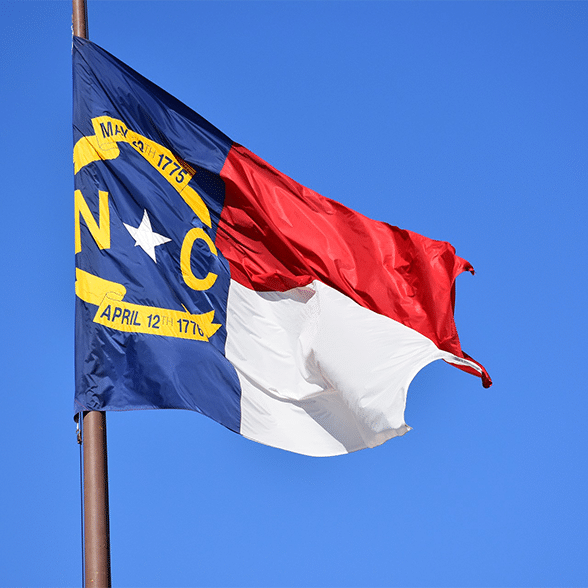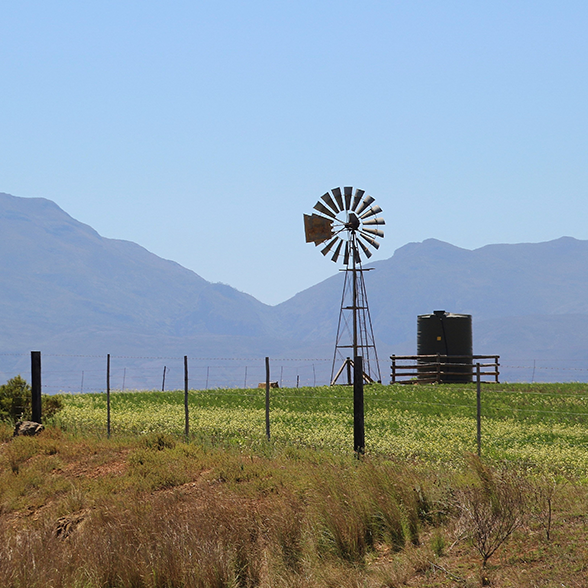The State of New York has submitted a challenge to the FCC regarding the number of locations in the state that do not have broadband at speeds of at least 25 Mbps available to them. Determining the correct number will be critical to determining the state’s portion of the $42.5 billion available nationwide for broadband deployments in the Broadband Equity Access and Deployment (BEAD) program.
New York undertook its own broadband availability map, which according to a press release, was based on “months of field assessments conducted by the Public Service Commission in the state’s most remote areas, covering more than 80,000 miles.” As part of the process, the PSC “collaborated with” 60 broadband providers and surveyed tens of thousands of New York consumers.
According to that data, there is a total of 139,598 locations in the state that do not have high-speed broadband available to them. Of those, 31,798 are included in the challenge filed with the FCC.
New York governor Kathy Hochul’s press office directed Telecompetitor’s inquiry about how the latter number was calculated to a spokesperson for Empire State Development, who confirmed that the 31,798 addresses were not included in the FCC’s Broadband Data Collection fabric.
That fabric, created by an independent contractor, is intended to include all broadband-serviceable addresses in the country. The New York official is the third source who has told Telecompetitor that the fabric is missing addresses—and comments from the Empire State Development spokesperson suggests there may be more missing addresses in total.
“The analysis the Public Service Commission performed of broadband service availability in New York allowed us to focus our comparison on the locations most critical to have included in the FCC map,” said the Empire State Development spokesperson. In other words, the 31,798 number apparently does not include missing addresses that already have broadband available to them.
FCC Broadband Map Challenge
It’s not surprising to hear of deficiencies in the Broadband Data Collection fabric, because the FCC did not go through a challenge process when the fabric first became available in June. This occurred because the commission was under pressure to begin the process of collecting current broadband availability data from providers. At the FCC’s direction, providers began entering that data into the fabric in June and had until September 1 to complete the process.
The commission did not begin accepting challenges to the fabric until September 12 and providers are expected to go through an additional data entry process after corrections are made to the fabric.
An updated map based on providers’ initial submissions is expected to be made available this month, but as Mike Romano, executive vice president for NTCA—The Rural Broadband Association, cautioned when we spoke to him in September, it won’t be a moment to celebrate and NTIA won’t use that data to allocate BEAD funding.
Instead, allocation of BEAD funding will have to wait until after the challenge process – and until after providers have re-entered broadband availability data into the updated fabric.
The NTIA, which is administering the BEAD program, will be responsible for allocating BEAD funding to the states based on the updated FCC broadband map. Rules for the BEAD funding call for the $42.5 million to be allocated to the states based, in large part, on each state’s percentage of nationwide unserved locations.
The New York broadband map is available at this link. To view it, you need to enter an address in the state. I typed in the address of a former colleague who lives in a rural area of the state and found the map to be quite detailed. It groups unserved locations into clusters, with an icon for each cluster indicating how many locations are in the cluster.
Other states also are expected to file their own challenges to the Broadband Data Collection fabric.



